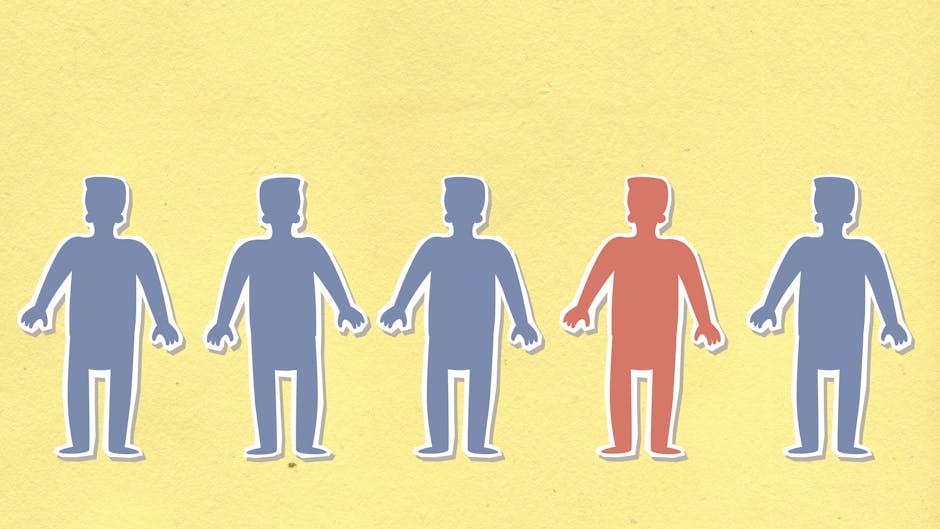
Unveiling the Secrets of Experimental Art Forms
Experimental art forms have always captivated the imagination of artists and art enthusiasts alike. They break away from traditional norms, embracing unconventional mediums and pushing the boundaries of artistic expression. This blog post aims to unveil the secrets behind these captivating art forms, shedding light on their lesser-known techniques and inspirations.
One of the most intriguing aspects of experimental art is its ability to challenge conventional perceptions. Artists often explore innovative ways to convey their message, pushing the boundaries of traditional mediums such as painting, sculpture, and photography. They blend multiple disciplines, creating unique and thought-provoking pieces.
Some experimental art forms delve into the utilization of technology as a medium. Digital art, for instance, harnesses the power of computers and software to create visually stunning and interactive experiences. Artists leverage various tools and techniques to manipulate digital imagery, incorporating elements such as animation, augmented reality, and virtual reality.
Another fascinating avenue of experimental art lies in its exploration of unexpected materials. Artists use everyday objects, discarded items, and even natural elements to create thought-provoking masterpieces. By repurposing and reimagining these materials, they breathe new life into them and challenge our perception of their value and purpose.
Experimental art forms are often inspired by personal experiences, social issues, or philosophical concepts. Artists seek to evoke emotions, provoke thought, or question societal norms through their work. They employ symbolism, abstraction, and unconventional narratives to engage viewers on a deeper level.
As you embark on a journey through experimental art, you'll discover a myriad of exciting and unfamiliar styles. Dadaism, Surrealism, Abstract Expressionism, and Performance Art are just a few examples of such art movements. Each movement carries its own distinct characteristics and history, contributing to the diverse landscape of experimental art.
